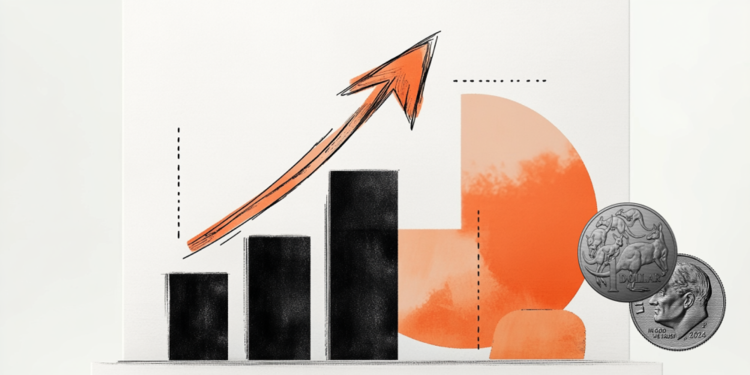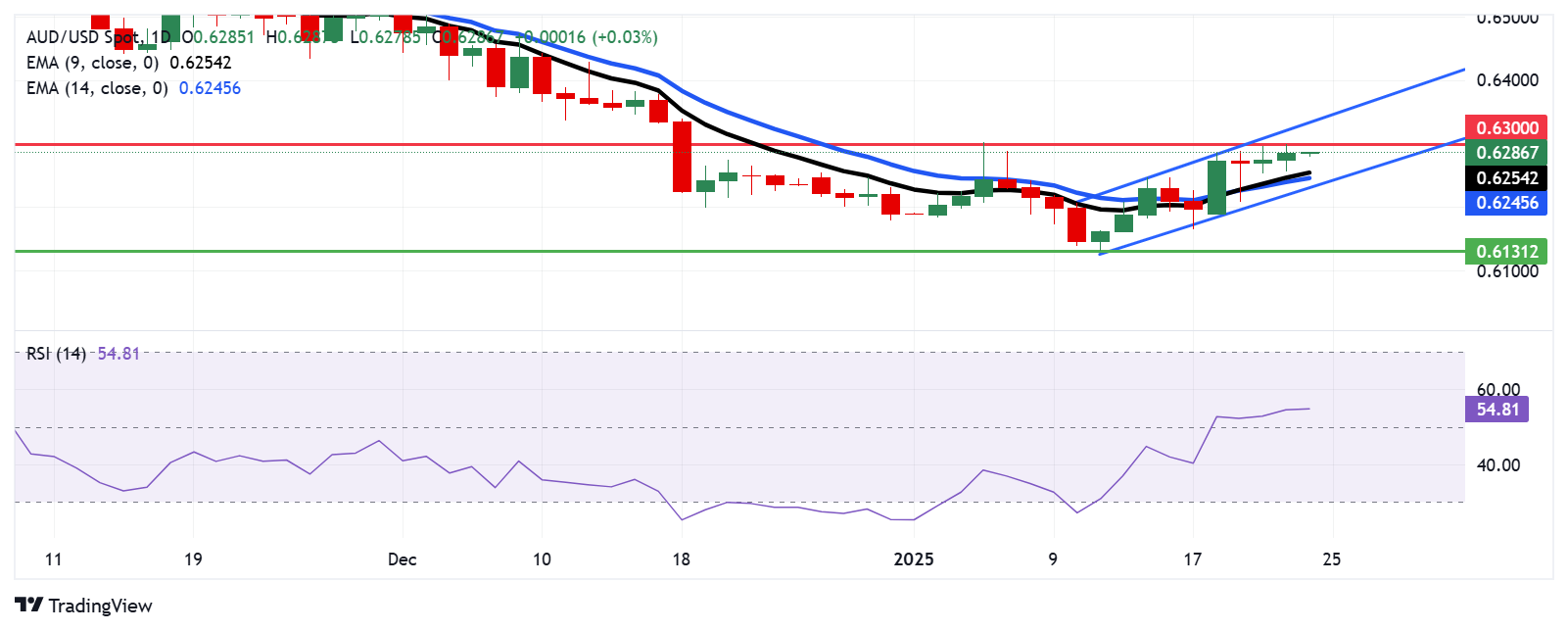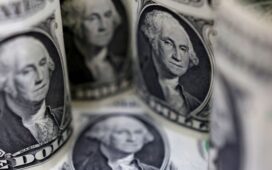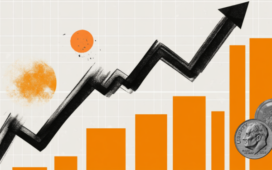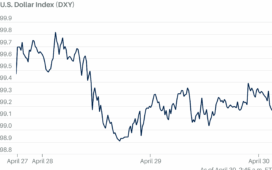- The Australian Dollar extends its gains following Trump’s optimism on China.
- PBOC maintained the interest rate at 2.00% and injected 200 billion Yuan through a one-year MLF) to financial institutions
- President Trump called for the US Federal Reserve to implement an immediate interest rate cut.
The Australian Dollar (AUD) continues its upward momentum against the US Dollar (USD) for the third consecutive session on Friday. The AUD/USD pair strengthened as US President Donald Trump expressed optimism, stating that he “would rather not have to use tariffs on China” and is hopeful about reaching a deal. Trump’s remarks came after his conversation with China’s President Xi Jinping on Thursday, hinting at potential progress in US-China trade negotiations.
Traders will likely monitor the release of the preliminary US S&P Global Purchasing Managers Index (PMI) and the Michigan Consumer Sentiment Index for January.
The People’s Bank of China (PBOC) maintained the interest rate at 2.00% and injected 200 billion Yuan ($27.46 billion) through a one-year medium-term lending facility (MLF) to selected financial institutions, according to Reuters.
Australia’s Judo Bank’s Composite Purchasing Managers Index (PMI) edged higher to 50.3 in January, up from 50.2 in December. This marked the fourth consecutive month of modest private sector expansion, driven by growth in the services sector while manufacturing output stabilized.
The Judo Bank Manufacturing PMI climbed to 49.8 in January from 47.8 in December, the highest reading in 12 months, breaking a streak of 13 consecutive months of contraction. However, the Services PMI dipped to 50.4 from 50.8, hitting a six-month low and indicating a slowdown in the sector’s growth.
On Thursday, Chinese authorities introduced several measures to stabilize its stock markets, including allowing pension funds to increase investments in domestic equities. A pilot scheme enabling insurers to purchase equities will be launched in the first half of 2025, with an initial scale of at least 100 billion Yuan. Meanwhile, the People’s Bank of China (PBoC) said that they “will expand the scope and increase the scale of liquidity tools to fund share purchases at the proper time.”
Australian Dollar could appreciate as Trump asks Fed to cut interest rates
- The US Dollar Index (DXY), which tracks the performance of the US Dollar against six major currencies, maintains its position above 108.00 at the time of writing.
- Late Thursday, Trump said he wants the US Federal Reserve (Fed) to cut interest rates immediately. “With oil prices going down, I’ll demand that interest rates drop immediately, and likewise they should be dropping all over the world,” said Trump at the World Economic Forum in Davos, Switzerland.
- The US Dollar could face challenges as Trump’s remarks came before the Federal Reserve’s (Fed) monetary policy meeting scheduled for January 28 and 29, with expectations the US central bank will hold rates steady.
- Traders expect the Fed to keep its benchmark overnight rate steady in the 4.25%-4.50% range at its January meeting. Moreover, Trump’s policies could drive inflationary pressures, potentially limiting the Fed to just one more rate cut.
- President Trump announced plans to implement a 10% tariff on Chinese imports starting February 1, citing concerns over fentanyl shipments from China to Mexico and Canada, according to Reuters. Given the strong trade ties between China and Australia, Australian markets are sensitive to changes in China’s economic landscape.
- In response, Chinese Vice Premier Ding Xuexiang warned on Tuesday about the potential trade war fallout, stating that “there are no winners” in such conflicts. His remarks come as China braces for possible tariffs under the Trump administration, as reported by CNBC.
Technical Analysis: Australian Dollar remains below 0.6300 within ascending channel
The AUD/USD pair trades near 0.6280 on Friday, with a daily chart analysis indicating movement within an ascending channel pattern, suggesting a potential bullish bias. Additionally, the 14-day Relative Strength Index (RSI) remains above 50, reinforcing positive market sentiment.
On the upside, the AUD/USD pair could test the psychological resistance level at 0.6300, with the next target near the upper boundary of the ascending channel around 0.6330.
The initial support appears at the nine-day Exponential Moving Average (EMA) at 0.6252, followed by the 14-day EMA at 0.6244. Stronger support is seen at the ascending channel’s lower boundary around 0.6230, with further support at the psychological level of 0.6200.
AUD/USD: Daily Chart
Australian Dollar PRICE Today
The table below shows the percentage change of Australian Dollar (AUD) against listed major currencies today. Australian Dollar was the strongest against the US Dollar.
| USD | EUR | GBP | JPY | CAD | AUD | NZD | CHF | |
|---|---|---|---|---|---|---|---|---|
| USD | -0.28% | -0.32% | -0.30% | -0.29% | -0.53% | -0.55% | -0.22% | |
| EUR | 0.28% | -0.04% | -0.05% | -0.01% | -0.24% | -0.27% | 0.06% | |
| GBP | 0.32% | 0.04% | 0.00% | 0.04% | -0.20% | -0.23% | 0.10% | |
| JPY | 0.30% | 0.05% | 0.00% | 0.00% | -0.24% | -0.28% | 0.07% | |
| CAD | 0.29% | 0.00% | -0.04% | -0.00% | -0.25% | -0.27% | 0.07% | |
| AUD | 0.53% | 0.24% | 0.20% | 0.24% | 0.25% | -0.02% | 0.29% | |
| NZD | 0.55% | 0.27% | 0.23% | 0.28% | 0.27% | 0.02% | 0.32% | |
| CHF | 0.22% | -0.06% | -0.10% | -0.07% | -0.07% | -0.29% | -0.32% |
The heat map shows percentage changes of major currencies against each other. The base currency is picked from the left column, while the quote currency is picked from the top row. For example, if you pick the Australian Dollar from the left column and move along the horizontal line to the US Dollar, the percentage change displayed in the box will represent AUD (base)/USD (quote).

